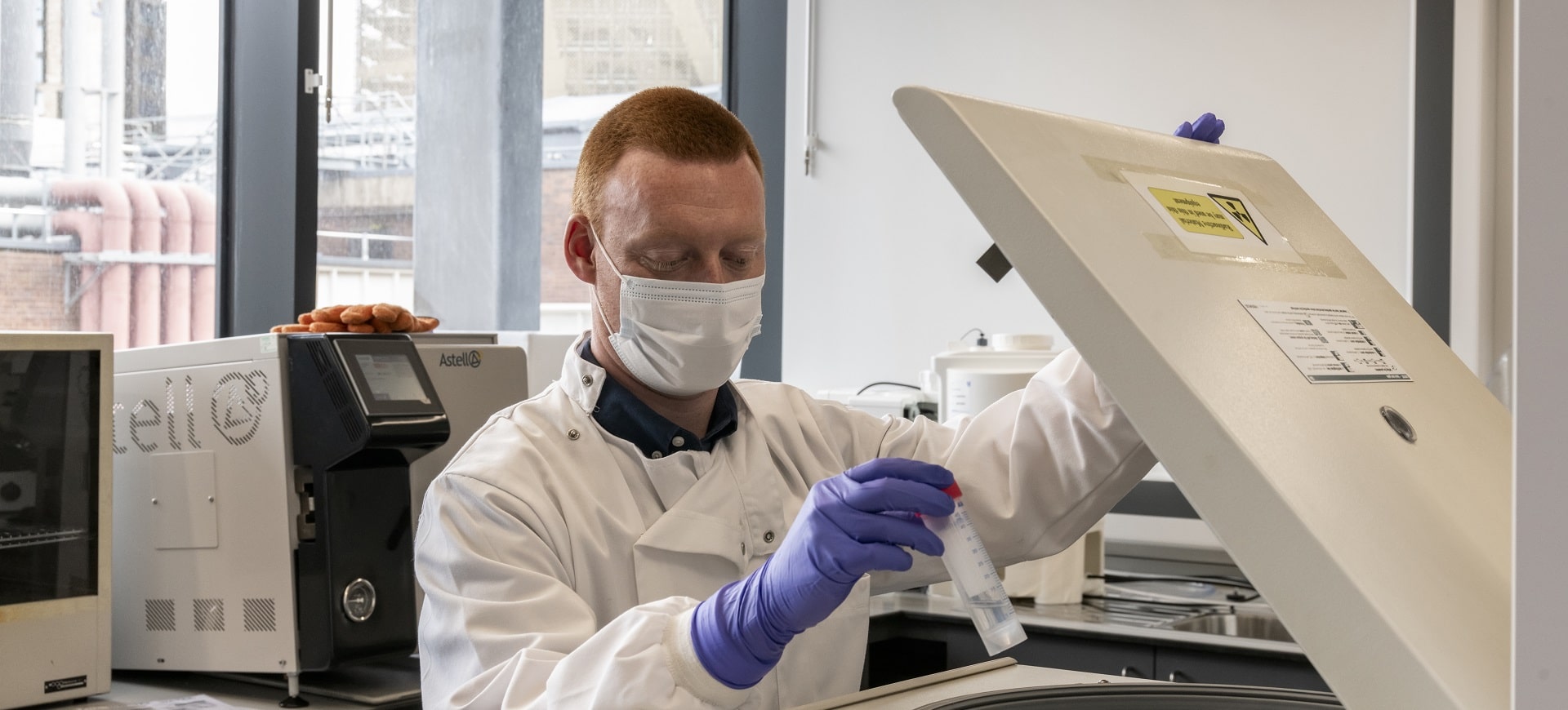Project overview
Within Europe, chronic diseases are currently the leading cause of mortality and morbidity. In England alone, there are 15m people with long-term conditions who are estimated to account for 70% of the total health and social care spend. A significant factor in the management of chronic disease is the long-term nature of the treatment.
Although often very efficient, therapies are only effective when combined with long-term medication adherence from the patient. Unfortunately, patient adherence is typically poor within long-term disease patient populations; only about 50% of patients adhere to their treatment regimes. Poor adherence can be addressed by the simplification of therapeutic regimes through reducing the dosing frequency. For example, when self-administered treatment regimens such as oral dosing are replaced with long acting formulations adherence can be greatly improved. Additionally, reducing the frequently of dosing is known to be appealing to patients with long-term therapy requirements.
In order to accelerate the development of this novel technology toward clinical use, this project will consist of closely integrated materials synthesis and biological assessment. The materials involved will be simultaneously prepared and evaluated in the presence of cells to check that they are biologically compatible. The responsive polymer nanoparticles will be synthesised to combine responsive behaviour with tuneable degradation, while the design of the drug nanoparticles will allow the drug release rate to be altered. A small number of optimised materials will undergo detailed biological evaluation. The resulting novel, biodegradable, nanocomposite material would have appropriate physical and biological properties for injection into the body. This technology will provide tuneable, long-acting release of drugs for the treatment of chronic disease.
Objectives
- Synthesise and characterise degradable, synergistic dual-stimuli responsive nanogels.
- Synthesise and characterise solid drug nanoparticles (SDNs) for the treatment of chronic diseases.
- Establish synergistic dual-stimuli responsive gelation of cytocompatible, high drug loading nanogel/SDN nanocomposites.
- Evaluate the drug release behaviour of the nanogel/SDN nanocomposites in vitro and in vivo.
Awarding body

Related publications
Adam Town, Edyta Niezabitowska, Janine Kavanagh, Michael Barrow, Victoria R. Kearns, Esther García-Tuñon, and Tom O. McDonald
Insights into the internal structures of nanogels using a versatile asymmetric-flow field-flow fractionation method
Edyta Niezabitowska, Adam R. Town, Bassem Sabagh, Marissa D. Morales Moctezuma, Victoria R. Kearns, Sebastian G. Spain, Steve P. Rannard and Tom O. McDonald
Dual-responsive degradable core–shell nanogels with tuneable aggregation behaviour
Using pyrene to probe the effects of poloxamer stabilisers on internal lipid microenvironments in solid lipid nanoparticles
Evaluating the impact of systematic hydrophobic modification of model drugs on the control, stability and loading of lipid-based nanoparticles
Redispersible nanosuspensions as a plausible oral delivery system for curcuminNancy Elbaz, Lee Tatham, Andrew Owen, Steve Rannard and Tom O.McDonald
